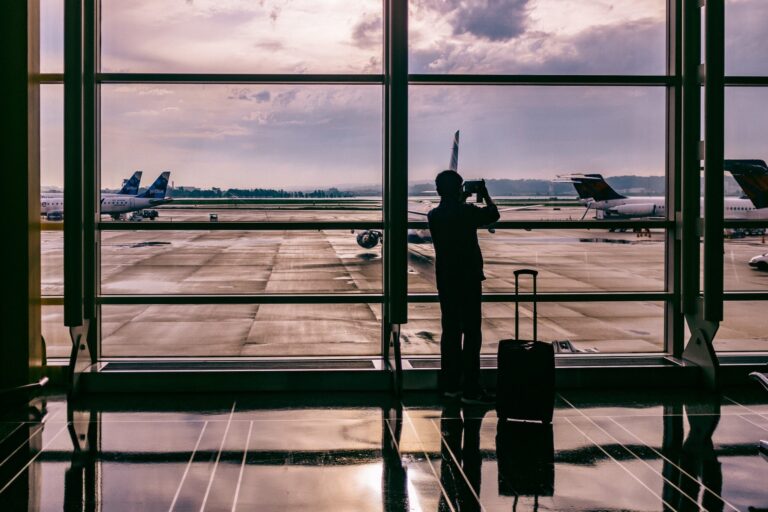According to the International Air Transport Association (IATA), traffic through airports is expected to double by 2035. As such, the aviation industry takes safety and security in airports very seriously. However, this can end up resulting in a frustrating system and excessive wait times for flights. Some security improvements can be made that would increase safety and security. We will take a look at those below.
Improving Airport Security
Following, we will explain 7 tips for security improvements that would make airports safer.
Do a Security Audit
The very first thing to do is a security audit. This will show you what is not working. Hire an outside security expert to identify challenges related to the security of your organization. This will help them understand your security needs.
Based on this assessment, they will provide you with a report. This will contain inspections, evaluations, and recommendations and cover all of the security processes on your property.
Typically, a security audit will include the following:
- Comprehensive assessment of facility/grounds
- Analysis of existing technology
- Understanding of existing security procedures
- Understanding of existing emergency plans
- Analysis of keys and locks
- Examination of current asset protection methods
This will give you an acute understanding of critical areas for improvement, creating a detailed security plan/solution. This new plan/solution will complement or replace any existing procedures.
Review Security Footage
In addition to an audit, take the time to review your security footage regularly. One of the benefits of increased security is decreasing confrontation at the checkpoints. Unfortunately, in the screening lanes, situations can quickly escalate no matter who is involved.
Understanding the process of these confrontations is the first step to the training of employees. Taking the time to review your security tapes can provide those opportunities.
Additionally, security tapes can be used to defend against personal injury lawsuits /insurance claims. After all, the best defense is video.
Use Canines to Detect Explosives
Using dogs to detect explosives solves the issue of having humans do it through x-ray scanners and such. The Canine Explosive Dog Detection, or EDD, offers a specialized response to threats. They can detect the presence of dangerous materials, allowing your facility to continue operating smoothly with fewer interruptions.
These canines have been trained to operate in heavily populated areas, making them perfect for airport security. Additionally, they can work on airplanes. The bonds they have with their trainers provide optimal performance, and they can work in all weather conditions.
Hire Trained Staff
The best security providers will provide high-quality training programs for their employees. Any training set includes customized procedures specific to your facility. Staff should be trained to learn how to assess risks, use security devices and equipment, and ensure quality control. This is the fundamental training that should be provided to your security staff.
Improve Screening Lanes
When it comes to airport security, body scanners are often used. However, these could be slow, not consistently accurate, and may raise some health concerns.
Most experts agree that body scanners and pat-downs are best for additional random checks. This, along with the installation of automatic luggage lanes. These lanes will capture images of luggage, and if they are potential threats, they can be routed elsewhere, and wait times are improved since the flow of bags/passengers continues.
In addition to improving security efforts and decreasing wait times, customer satisfaction increases because they are provided with an expedited and comfortable screening process.
Employ Mobile Patrol
The outside air facility should be just as safe as the inside. Therefore, you might consider adding security vehicles to travel the property. This can be done on a predetermined schedule or a random one.
This is a cost-effective solution to increase security in areas where full-time personnel is not needed. These units are always on the move, which means they’re ready to act at any given moment.
The presence of mobile patrols discourages visible crime because criminals can see that your facility is not an easy target.
Add Pre-Security Checkpoints
Finally, security checkpoints before screening lanes can help improve airport security. After all, passengers are not the only potential threats. Outsiders and employees could also threaten the security of your facility. Placing identification checks at various areas through the facility can decrease threats.
Additionally, pre-security checkpoints can expedite the screening process.
Conclusion
Air travel is expected to increase dramatically by the year 2035. Therefore, airport security is critical. While it’s true that we’ve come a long way, there are still some improvements that could be made, as outlined here. If you want to learn more about security improvements that would make airports safer, contact Securiteam.






